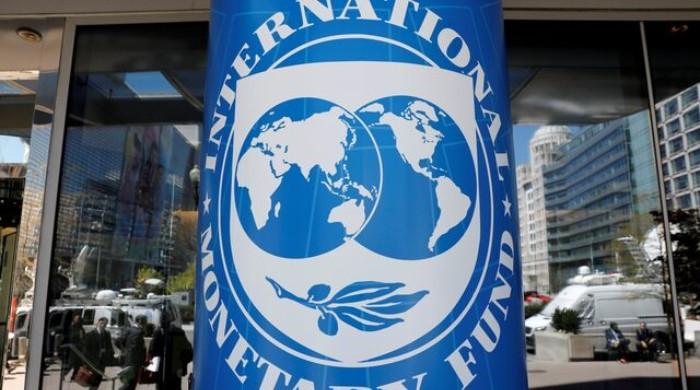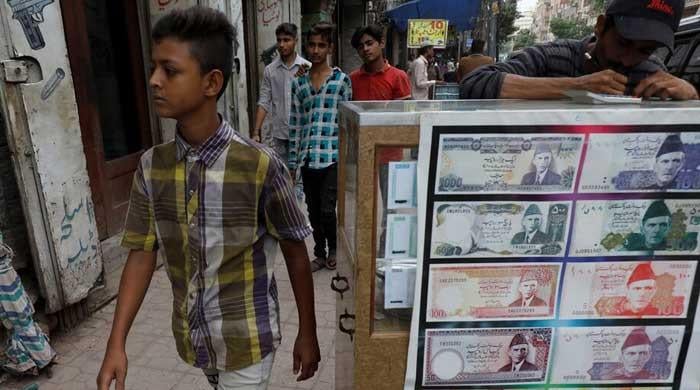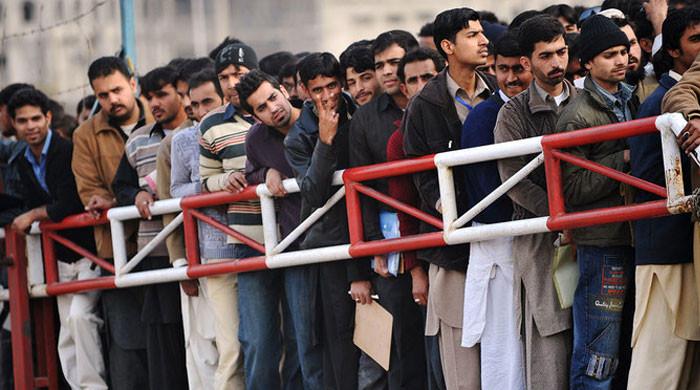Story of India’s economic growth (Part 3)
Despite impressive achievements since 1991, one major problem for India is absorbing its youth into a productive labour force, writes Ishrat Husain
September 16, 2022

Despite impressive achievements since 1991, India is facing several major challenges. A major problem is absorbing its youth into a productive labour force and finding gainful employment for them. Half of its population is under the age of 25. Only 35% of the working-age population has a job while 12 million new entrants would enter the labour force every year.
The past record in labour absorption, despite impressive economic growth, has not been stellar. The great divide between the organised and unorganised parts of the economy is growing. 90% of the jobs are in the informal sector; although the share of agriculture in GDP has declined to 14%, it still employs 45% of the workforce – indicating disguised unemployment and underemployment. If agtech becomes successful, the pressure on rural labour markets is likely to intensify.
New technologies that are now being used in the modern sector are labour displacing. Entrants to the job market are joining the non-agriculture unorganised sector where the wages are a fraction of the wages in the organised sector.
The unorganised sector also acts as a reserve army of labour, keeping organised sector wages in check. The organised sector employing contract labour rather than permanent labour has repercussions on productivity and competitiveness.
The share of manufacturing in both output and employment remains stubbornly low.
High-value services employ relatively few skilled people, and low-productivity work is where most workers engage themselves. The most dynamic and fastest growing service sectors – IT and IT-enabled services, business process management (BPM) etc – employ 4.5 to 5 million people only. Even if it doubles its headcount, the number would rise to a stock of 10 million while the annual increments to the labour force are around 12 million.
Assuming an outflow of one million Indians to overseas labour markets, the domestic economy still has to find livelihoods or jobs for 10 million young men and women with aspirations shared by Generation Z.
Female labour force participation rates have declined in the last decade despite an increase in the educational status of girls. The gap between men and women at the tertiary education level has almost disappeared. Urbanisation has also set in.
These are push factors for higher participation of women in the labour force so it is surprising to find this declining trend. Perhaps the income effect where women belonging to the upper middle class with adequate family incomes and assets withdraw from the workforce may be a pull factor.
The collateral benefits of women gainfully employed extend beyond education and healthcare of children, nutrition, clean environment and intra-family relationships. This trend of lower female participation is worrisome and has to be reversed for sustained and inclusive economic growth in India.
The other major issue pointed out by several Indian scholars and analysts is “aggravated regional imbalances, greater inequalities in the control over assets and access to incomes, dispossession and displacements of people from land and livelihood without adequate compensation and rehabilitation.
Climate change and environmental degradation are the burning issues that need to be tackled”. To them, exclusion by class, income level, geography, caste, community, and gender and the growing intolerance and withering away of India’s secularism and pluralism are non-economic factors that could impinge upon economic outcomes in the future. While India’s external image and its large market size are still favourable factors, the polarisation of society and deprivation faced by the excluded communities may act as headwinds in the future.
Income inequalities have become sharply visible. In 2000, the richest 10% derived 40% of national income. Another 40% went to the middle 40% of the population while the bottom 50% got only 20%. While the pie – the national income – has expanded seven times in the last two decades, the benefits have disproportionately been captured by the top 10% and even more narrowly by the top 1% – the richest class. Eighteen years later, the share of the top 10% had gone up to 52% of the national income, that of the middle 40% slumped to 30% and that of the bottom 50% down to 18%.
A recent New York Times article cited an Indian economist saying that: “The distribution of growth is more favourable to people on the upper end of the income pyramid and unfavourable to those at the bottom”.
Even the economic recovery in 2022 is being led by the growing demand for luxury goods or those consumed by the upper middle class and the goods of mass consumption are not showing any growth. This existing pattern of growth where the number of billionaires is doubling every ten years and wealth is being concentrated in a few hands due to public policy preferences would continue to widen the income inequalities over time.
In addition to income inequalities, regional disparities are also a prominent feature of India’s development journey.
The large populous states of Uttar Pradesh, Bihar, Madhya Pradesh, Rajasthan, and Odisha in northern India have a high poverty headcount – in some cases, twice the level of the national average. Their per capita incomes are also much lower than the national average. Bihar has a per capita income one-third of the national average and one-fifth that of Kerala; UP with almost the same population as Pakistan has a per capita income of $934 – almost half of the Indian average and one-fourth that of Haryana. At the same time, the southern states such as Kerala, Tamil Nadu, Andhra Pradesh, Telangana, and Karnataka along with the western states of Maharashtra, Gujarat, Punjab, Haryana and Himachal Pradesh show the insignificant incidence of poverty. Their per capita incomes exceed the national average by 50% or more in some cases. The educational status of the workforce in these states is also high and that is why most foreign firms choose Bengaluru, Chennai, and Hyderabad for locating their facilities.
India, like many other developing countries, has loss-making, value-destroying state-owned enterprises. In 2010 about 25% of the market capitalisation of the Indian stock market originated from SOEs. This share has come down to 7% only by 2021 not because the SOEs were divested or shareholding of the government diluted but because other private companies overtook them in creating value.
The only significant privatisation transaction in recent times has been that of Air India which had lost its market share and was incurring huge losses.
Another giant public-sector company Life Insurance Corporation of India has been losing ground to private players. The State Bank of India, one of the largest banks in emerging countries, has only a 25% share in loan and deposits of the Indian banking system – much lower than what it had in its prime days.
Public-sector dominance in the financial sector is not helping the newcomers to industry and businesses take off. Loans to big and influential players linked with the political parties in power do impair the quality of their portfolio.
The above risk factors that can harm the growth trajectory of India have to be mitigated by successive governments through well-designed public policy interventions in addition to maintaining macroeconomic stability, favourable business environment, investment in physical and human capital, continuity and consistency of policies.
To conclude, a quote from Jayati Ghosh, an eminent Indian economist: “India is complex, contradictory, and unpredictable that changes can occur when we do not expect them and the directions we do not look at. There is tremendous creative energy and aspirations that are unlikely to be quashed or diverted beyond a point. That is what can still give hope” most aptly describes India’s journey for the next 70 years.
Concluded.
The writer is the author of "Governing the ungovernable".
Originally published in The News









